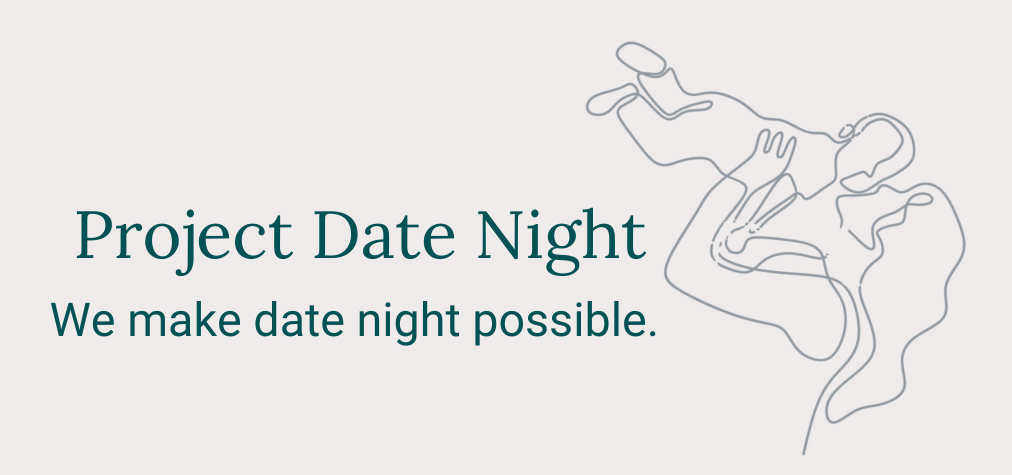First and foremost – breastfeeding is a personal choice.
You should always advocate for yourself and choose what works for you. As much as breastfeeding in most cases is the most optimal option for both the baby and the mom, especially taking into consideration the long-term benefits of the child’s immunity and development and the mom’s postpartum healing process – choosing to breastfeed should never come at the cost of your mental or physical health!
Remember – FED IS BEST! Don’t let anyone make you feel guilty or less than because you are not breastfeeding your baby. You know what works for you and your child – trust yourself.
The breastfeeding journey can be incredible, but sleepless nights, physical and mental exhaustion, sore nipples, and milk-stained clothes will make you feel at times like you are on a crazy emotional carousel. You’ll laugh one moment and hysterically cry the next. And all of that is the beauty of postpartum and lactating hormones. Breastfeeding, especially with your first child, can be, in the beginning, a very stressful and very physically and emotionally draining process to get through.
Here are some tips that can help you navigate the journey:
- talk to a lactation specialist or postpartum doula before giving birth to learn all the pros and cons of breastfeeding
- use the formula to supplement whenever needed or consider colostrum harvesting before birth ( in the last few weeks of pregnancy);
- If your little one has a tough time latching/poor latch, consult a lactation specialist/postpartum doula or tong tie specialist! Tongue tie is pretty common and can affect different parts of your baby’s mouth – not just their tongue!
- frequent feedings/pumping in the first two weeks can help with building up your supply;
- hydrate, hydrate, hydrate!
- eat for two! Your body needs the fuel;
- protect your nipples – use nipple shields. Silver ones are especially beneficial as they are healing and antibacterial; use nipple butter or lanolin “fat cream” to protect it. Use thermoregulating wool breastfeeding pads to prevent clogged ducts! They are also reusable, antibacterial, and healing!
- keep putting your baby to your nipple until they can latch correctly.
Your baby should latch onto your entire nipple and some of your areola. If their lips are turned outward like fish lips, and their chin and nose are touching the breast, those are good signs they’ve latched on well. You shouldn’t hear any clicking or gasping from your baby if they are latched on properly.
Here is a short list of helpful links:
- Nyssa Care – postpartum products and information
- Tongue Tie Tribe – Instagram, website – lots of helpful information about breastfeeding, bottle feeding, and postpartum;
- Silverette – original silver nipple shields
- Merino breastfeeding pads and other essentials
- Prenatal and breastfeeding supplements – FenuGreek, Earth Mama, pre and post-birth vitamin
PS:
There are many misconceptions and a lot of misinformation out there about breastfeeding. And as much as I would like to leave the politics out of this topic – women’s reproductive health is directly affected by politics. Limited access to reproductive healthcare is putting women and their babies’ lives in danger. The lack of access to healthcare for pregnant people and new moms also means that in many communities – especially communities of color, women will have no access to adequate breastfeeding education and reliable information sources.
Please watch this eye-opening documentary by Yasmeen Quershy, which shows how deeply this affects women and how devastating the results are. I sincerely hope that this November can change the future of reproductive healthcare for all women in the US. Politics has no place in our bedrooms. Please vote this November like your life depends on it!
Painful or even bleeding nipples are not a fun thing to deal with

